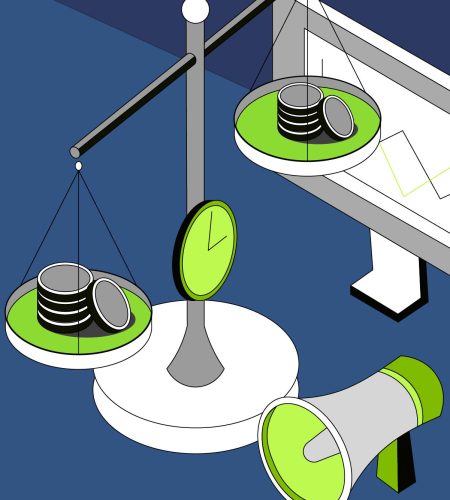Introduction
Volatility skew is an important options market anomaly that all traders should understand. It describes the difference in implied volatility levels between out-of-the-money (OTM) put and call options with the same underlying asset and expiration date. Mastering volatility skew provides critical insights into investor demand, crash protection, and downside tail risks. This enables more informed trading across the options volatility surface.
In this comprehensive guide, we’ll explore the causes of volatility skew, how it changes over time, and advanced trading strategies using skew to generate alpha. Let’s dive in.

What is Volatility Skew?
Volatility skew describes the phenomenon where implied volatility levels differ for OTM put and call options, despite having the same distance from the current asset price and expiration date. It appears graphically as a skew or tilt in the volatility smile curve plotting OTM options.
For example, an at-the-money 1-month S&P 500 call option may show 18% implied volatility. However, a 1-month OTM S&P 500 put option at the same distance from current levels exhibits 25% implied volatility. This demonstrates volatility skew, with OTM put IV premiums higher than corresponding OTM call IVs.
In equity options, volatility skew graphs typically slope downwards, with puts showing higher IVs. This is referred to as negative volatility skew. In contrast, some commodity options demonstrate positive skew, with higher OTM call IVs.

Why Does Volatility Skew Exist?
A few key factors are driving the consistent volatility skew patterns across options markets:
– Investor demand – Institutions and hedge funds have greater demand for index put options to hedge portfolios against falling stock prices. This increased demand pushes OTM put premiums higher.
– Crash protection – OTM puts provide leveraged protection against extreme bearish moves. Investors are willing to overpay for this left tail “insurance”.
– Leveraged downside – Puts offer leveraged exposure to downside moves with defined risk, which speculators find attractive.
– Supply and demand – More demand for OTM puts reduces available supply, further increasing put premiums.
Variations in Volatility Skew
While volatility skew is prevalent across global derivatives, its magnitude varies based on product type, expiration, and market environment:
– Index vs. single stock – Skew is more pronounced in index options like S&P 500 vs. single stock options.
– Term structure – Short-dated options near expiration exhibit more extreme skew than longer-dated options.
– Volatile markets – Skew typically spikes during periods of high volatility or market crashes as demand for puts soars.
– Up vs. down moves – Skew can shift after large up or down price swings in the underlier.
Traders closely monitor changes in volatility skew across strikes and expirations to detect trading opportunities.
Advanced Trading Strategies Using Volatility Skew
Sophisticated options traders implement a variety of strategies designed to capitalize on volatility skew in markets. Common approaches include:
– Relative value trades – Selling overpriced OTM puts and buying underpriced OTM calls to profit from skew spreads.
– Risk reversals – Combining OTM put and call positions to exploit relative mispricing.

– Tail hedging – Buying OTM puts to hedge portfolio risk from potential gap moves.
– Volatility arbitrage – Legging into long and short volatility skew positions across different expirations.
– Skew spreads – Going long and short specific points on the volatility curve to isolate skew risk.
Traders combine technical and quantitative analysis of historical volatility skews and dynamics to inform strategic trades. Understanding skew enables traders to generate consistent alpha.
Conclusion
Volatility skew reflects a persistent market anomaly that creates opportunities for options traders. Its causes stem from fundamental supply and demand dynamics in derivatives markets. Traders must incorporate skew into pricing models and actively monitor changes in skew over time and across strikes. Mastering advanced skew trading strategies can lead to advantageous options positions and more profitable volatility arbitrage.

Comments